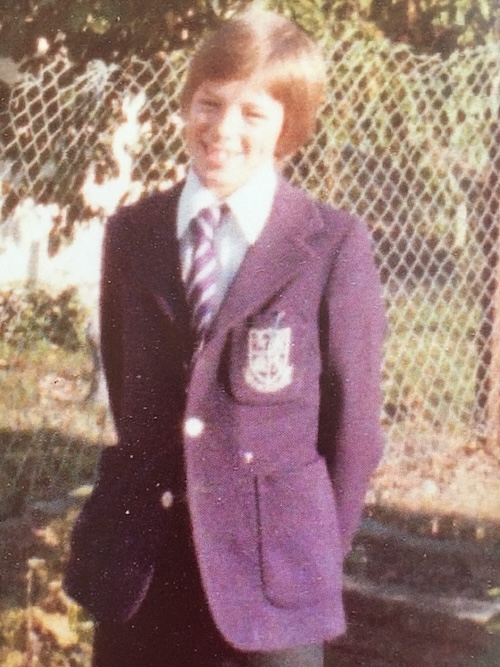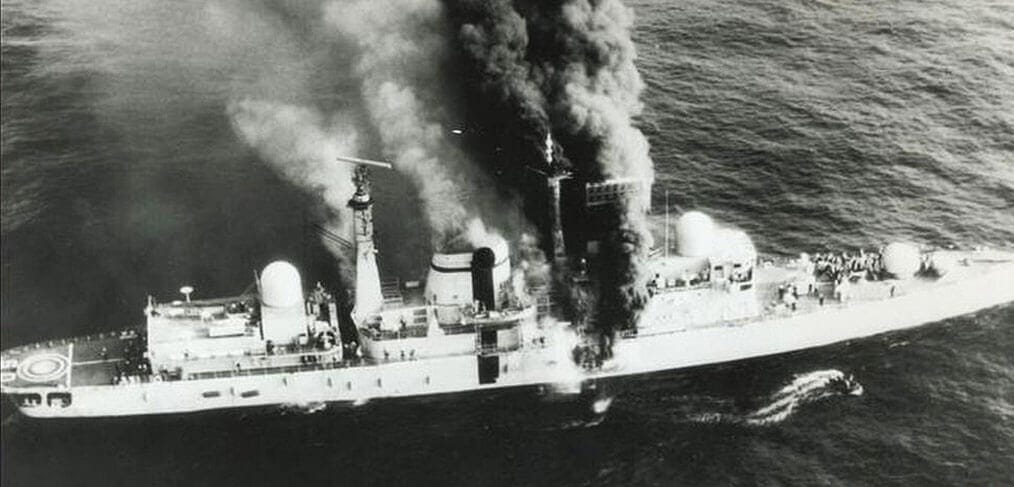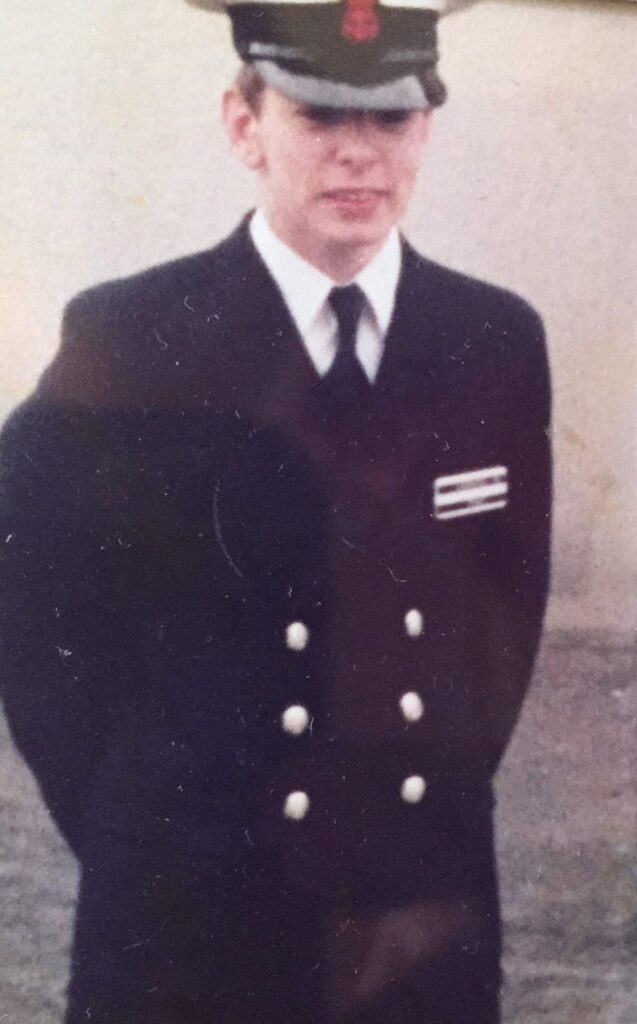When I signed on the Dotted Line
When I was 14, I had the best chemistry teacher ever — Mr Gooden.
Mr G was also the worst form teacher ever. He was like those evangelical parents who beat their children to keep them on the straight and narrow. I have no doubt he would be in prison if he did to me now what he did to me back then.
After one particularly violent afternoon, I told my mum I wanted to leave school, and after that, I totally withdrew from studying. I stopped doing homework and I read books under the desk during class.

Meanwhile, I had a second life in the Sea Cadets. We had a competition every couple of weeks — sailing, rowing, shooting, physical training, marching, football, adventure training, pentathlon, orienteering and more — and we won everything, and I was always the captain. I was Best Cadet two years in a row and I was the youngest Petty Officer in the country.
The officers in my Sea Cadet unit encouraged me and three of my friends to join the Royal Navy, and we got the bus up to Blackheath together to interview to be artificers.
Artificer, n. — A skilled mechanic in the armed forces.
We did the usual interview stuff at the recruiting office and then a kind of IQ test with cogs and numbers and words and things. The test lasted a couple of hours, and when I came out, I asked where my friends were.
“Oh, we sent them home”, he said.
At the end of all the interviewing, the Petty Officer said, “You are in. You start in September.”
The Falklands War started while I was interviewing, and a Royal Navy submarine, HMS Conqueror, had just sunk an Argentinian cruiser, the General Belgrano, for the loss of 321 lives. I chatted about it with the Petty Officer.
“I bet you wish you were there!” said the Petty Officer.
“Oh, yes!” I said.
In the days after my interview, we started to lose ships, too. HMS Sheffield. HMS Coventry. HMS Ardent. All were sunk by Argentinian bombs and missiles within a couple of weeks of each other. I still wished I was down there with them.

A little side note: The first ship that I joined was HMS Southampton, which was the same class of ship as HMS Sheffield and HMS Coventry, and a bunch of survivors from those ships joined us when we went back to the Falklands a couple of years later. They had some amazing stories.
More than 700 men were eventually rescued from the open ocean despite cold seas and stormy weather, enduring up to 30 hours in overcrowded life rafts.
— Wikipedia
I signed on the dotted line a couple of weeks later, but I had to take my mum with me, because I was only sixteen. I did my O Levels right after this, and three months later, I took the train and then the ferry to Torpoint in Cornwall, where I put on the blue suit that I’d wear for the next six years.

I’ve written more about the day I left home and my first few months in the Navy. Take a look!
